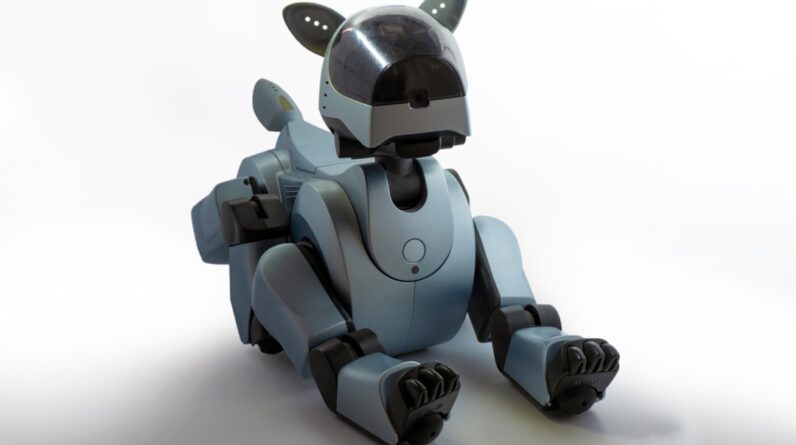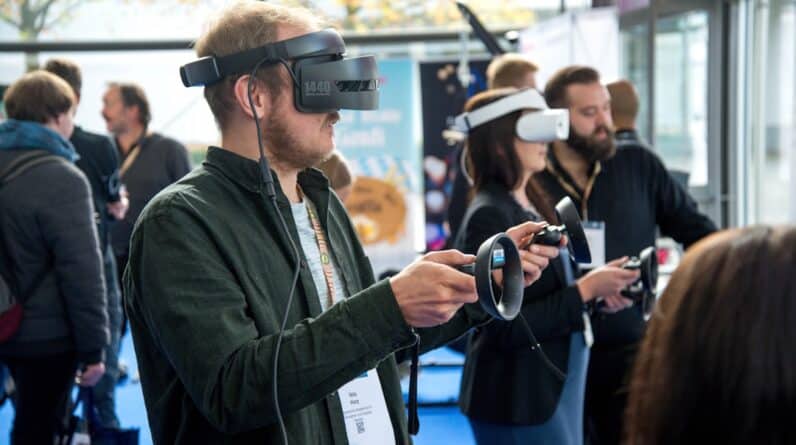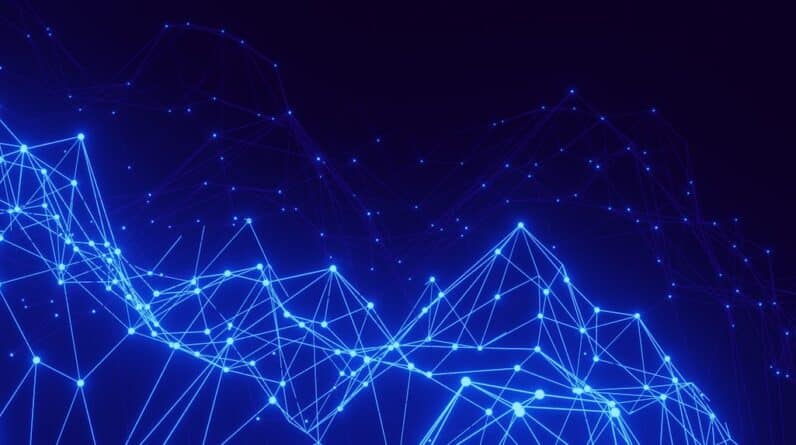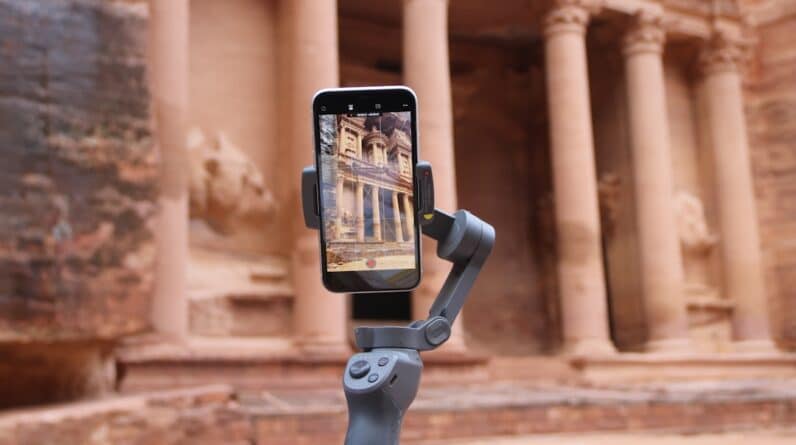In today’s rapidly evolving technological landscape, artificial intelligence (AI) and the Internet of Things (IoT) stand out as two of the most transformative forces. You may have noticed how these technologies are increasingly becoming part of your daily life, from smart home devices that learn your preferences to advanced analytics that help businesses make informed decisions. AI refers to the simulation of human intelligence in machines, enabling them to perform tasks that typically require human cognition, such as learning, reasoning, and problem-solving.
On the other hand, IoT encompasses a vast network of interconnected devices that communicate and exchange data over the internet, creating a seamless flow of information. As you delve deeper into these technologies, you will find that their convergence is not just a trend but a significant shift in how we interact with the world around us. The integration of AI and IoT is paving the way for smarter systems that can analyze data in real-time, leading to more efficient processes and improved decision-making.
This synergy is not only enhancing individual experiences but also revolutionizing industries by enabling automation and predictive analytics. Understanding this intersection is crucial for anyone looking to navigate the future landscape of technology.
Key Takeaways
- AI and IoT are two rapidly evolving technologies that are increasingly intersecting and complementing each other.
- AI enhances IoT capabilities by enabling better data analysis, predictive maintenance, and automation of processes.
- Real-world applications of AI and IoT integration include smart homes, industrial automation, healthcare monitoring, and autonomous vehicles.
- Challenges in AI and IoT integration include data security, privacy concerns, and the need for standardization and interoperability.
- The future of AI and IoT holds great potential for creating a connected world, but ethical considerations must be carefully addressed to ensure responsible use of these technologies.
The Intersection of AI and IoT
At the heart of the intersection between AI and IoT lies the ability to harness vast amounts of data generated by connected devices. As you explore this relationship, you will discover that IoT devices collect data from their environments, which can be anything from temperature readings in a smart thermostat to user behavior patterns in wearable fitness trackers. However, this data alone is not enough; it requires intelligent processing to extract meaningful insights.
This is where AI comes into play, transforming raw data into actionable information. You might find it fascinating that AI algorithms can analyze data streams from IoT devices in real-time, identifying patterns and trends that would be impossible for humans to discern quickly. For instance, in smart cities, AI can process data from traffic sensors to optimize traffic flow, reducing congestion and improving air quality.
This intersection not only enhances operational efficiency but also creates opportunities for innovation across various sectors, including healthcare, agriculture, and manufacturing. As you consider the implications of this convergence, it becomes clear that the future of technology will be defined by how effectively we can integrate AI with IoT.
How AI Enhances IoT Capabilities

As you examine how AI enhances IoT capabilities, it becomes evident that the combination of these technologies leads to smarter and more responsive systems. One of the most significant advantages is predictive analytics. By leveraging machine learning algorithms, AI can analyze historical data collected from IoT devices to forecast future trends and behaviors.
For example, in industrial settings, predictive maintenance powered by AI can anticipate equipment failures before they occur, allowing for timely interventions that minimize downtime and reduce costs. Moreover, AI enhances the decision-making process by providing real-time insights derived from IoT data. Imagine a scenario where your smart home system learns your daily routines and preferences.
It can adjust lighting, heating, and even suggest meal plans based on your habits. This level of personalization is made possible through AI’s ability to process and analyze data continuously. As you consider these advancements, it’s clear that AI not only augments the functionality of IoT devices but also transforms them into intelligent systems capable of adapting to your needs.
Real-world Applications of AI and IoT Integration
The integration of AI and IoT has led to numerous real-world applications that are reshaping industries and enhancing everyday life. In healthcare, for instance, wearable devices equipped with sensors monitor vital signs and collect health data. AI algorithms analyze this information to provide personalized health recommendations or alert medical professionals in case of anomalies.
This proactive approach to health management empowers individuals to take charge of their well-being while enabling healthcare providers to deliver timely interventions. In agriculture, smart farming solutions utilize IoT sensors to monitor soil conditions, weather patterns, and crop health. By integrating AI, farmers can receive insights on optimal planting times, irrigation needs, and pest control measures.
This not only increases crop yields but also promotes sustainable practices by minimizing resource waste. As you explore these applications further, you’ll realize that the potential for AI and IoT integration is vast, with opportunities for innovation across various sectors that can lead to improved efficiency and enhanced quality of life.
Challenges and Opportunities in AI and IoT
While the integration of AI and IoT presents exciting opportunities, it also comes with its share of challenges. One significant hurdle is data security and privacy concerns. As more devices become interconnected, the risk of cyberattacks increases.
You may have heard about instances where smart home devices were compromised, leading to unauthorized access to personal information. Ensuring robust security measures is essential to protect sensitive data and maintain user trust. Another challenge lies in the standardization of protocols across different devices and platforms.
With a multitude of manufacturers producing IoT devices, interoperability can become an issue. You might find it frustrating when your smart thermostat doesn’t communicate effectively with your smart lighting system due to differing protocols. However, this challenge also presents an opportunity for innovation as companies work towards creating unified standards that enhance compatibility and user experience.
The Future of AI and IoT

Looking ahead, the future of AI and IoT appears promising as advancements continue to unfold at a rapid pace. You may envision a world where smart cities leverage interconnected systems to optimize energy consumption, enhance public safety, and improve transportation networks. With the rise of 5G technology, the speed and reliability of data transmission will further empower IoT devices to operate seamlessly in real-time.
Moreover, as AI algorithms become more sophisticated, their ability to learn from diverse datasets will lead to even more accurate predictions and insights. Imagine a future where your car not only navigates traffic but also communicates with other vehicles to optimize routes collectively. This level of connectivity will redefine how you interact with technology in your daily life.
As you contemplate these possibilities, it’s clear that the integration of AI and IoT will continue to shape our world in ways we are just beginning to understand.
Ethical Considerations in AI and IoT
As you navigate the landscape of AI and IoT integration, it’s crucial to consider the ethical implications that arise from these technologies. One pressing concern is the potential for bias in AI algorithms. If not carefully designed, these algorithms can perpetuate existing inequalities or make decisions based on flawed data sets.
You may find it essential for developers and organizations to prioritize fairness and transparency in their AI systems to ensure equitable outcomes for all users. Additionally, privacy concerns loom large in discussions about AI and IoT. With devices constantly collecting data about your habits and preferences, questions arise about who owns this data and how it is used.
You might feel uneasy knowing that your personal information could be exploited for commercial gain without your consent. Addressing these ethical considerations requires a collaborative effort among technologists, policymakers, and society at large to establish guidelines that protect individual rights while fostering innovation.
Harnessing the Power of AI and IoT for a Connected Future
In conclusion, the integration of AI and IoT holds immense potential for creating a more connected and efficient world. As you reflect on the insights shared throughout this article, it’s clear that these technologies are not just tools but catalysts for transformation across various sectors. From enhancing healthcare outcomes to revolutionizing transportation systems, the possibilities are boundless.
However, as you embrace this connected future, it’s essential to remain vigilant about the challenges and ethical considerations that accompany these advancements. By prioritizing security, privacy, and fairness in the development of AI and IoT systems, you can contribute to a future where technology serves humanity’s best interests. Ultimately, harnessing the power of AI and IoT will enable you to navigate an increasingly complex world with greater ease and efficiency while fostering innovation that benefits society as a whole.
AI and IoT are revolutionizing the way we interact with technology and the world around us. In a related article on AI and Human-Computer Interaction: Advancing User Interfaces, the potential of connected devices is explored in depth. By leveraging artificial intelligence, devices can become more intuitive and responsive, enhancing the user experience and opening up new possibilities for innovation. This intersection of AI and IoT is truly unlocking the full potential of connected devices.
FAQs
What is AI and IoT?
AI stands for artificial intelligence, which refers to the simulation of human intelligence in machines that are programmed to think and learn like humans. IoT stands for the Internet of Things, which refers to the network of physical devices, vehicles, home appliances, and other items embedded with electronics, software, sensors, actuators, and connectivity which enables these things to connect and exchange data.
How do AI and IoT work together?
AI and IoT work together by using the data collected from connected devices to make intelligent decisions and automate processes. AI algorithms can analyze the data from IoT devices to identify patterns, make predictions, and optimize systems.
What are the benefits of combining AI and IoT?
The combination of AI and IoT can lead to improved efficiency, predictive maintenance, enhanced decision-making, and personalized user experiences. It can also enable the automation of tasks and processes, leading to cost savings and increased productivity.
What are some examples of AI and IoT applications?
Examples of AI and IoT applications include smart home devices, industrial automation, predictive maintenance in manufacturing, smart cities, healthcare monitoring systems, and autonomous vehicles. These applications leverage the power of AI to analyze data from IoT devices and make intelligent decisions.






